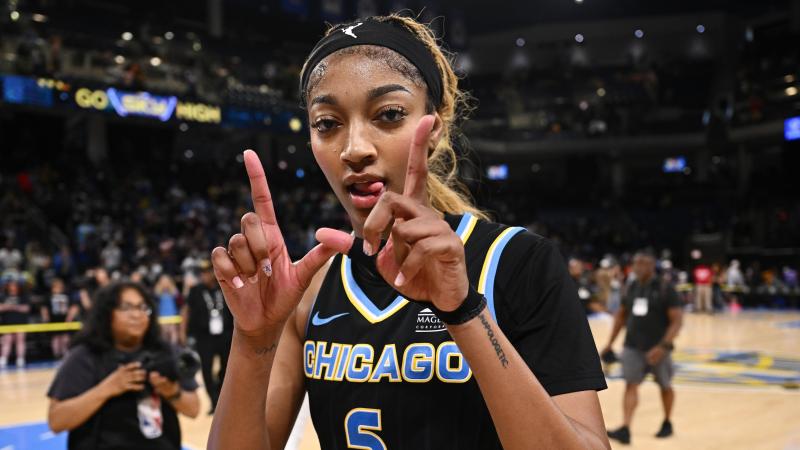Chicago Sky Star Angel Reese Is a Growing Problem for WNBA Opponents 


07-16 10:15Views 4644
Angel Reese has significantly evolved during the 2025 WNBA season, dispelling early critiques that labeled her solely as an interior presence with tunnel vision. She is becoming a multifaceted matchup nightmare, maintaining her elite rebounding trajectory while developing into a floor spacer and point forward. Reese is currently on a streak of nine consecutive double-doubles, averaging 18.1 points, 14.9 rebounds, and 4.1 assists while shooting 50.4% from the field.
A key area of improvement is her playmaking, specifically overcoming previous tunnel vision. Her assists are up by nearly 2.0 per game, and her assist-to-turnover ratio has risen above 1.4. This growth stems from her effectiveness in the short roll and elbow pinch post, where the Chicago Sky increasingly run horns and chin actions through her. Reese demonstrates improved decision-making, making accurate passes to cutters, threading bounce passes through help defense, and delivering skip passes to weak-side shooters. Her assist percentage has more than doubled from her rookie year (21.2% vs. 9.2%), and her overall efficiency has increased, including a significant jump in true shooting percentage.
Reese plays a crucial role in Coach Tyler Marsh's motion-heavy offense, often initiating plays as the passing hub in high-horns sets. She reads the defense, makes decisive passes (like hammer passes to corners), and triggers the team's "Flow" offense, showcasing an evolving ability to orchestrate plays reminiscent of Bam Adebayo with high-low reads, dump-offs, and dart passes.
Shooting improvements are also evident. While her rookie season featured struggles (39.1% FG, low confidence beyond 10 feet), her field-goal percentage has risen over four points to 43.3% in 2025, and she's near 80% from the free-throw line. Crucially, her perimeter activity and confidence have grown: her three-point attempt rate has nearly tripled since college (now over 8% of her FGA), though she shoots 22.0% on low volume (1.5 attempts per game). This increased willingness to shoot, especially in trailing pick-and-pop actions, forces opposing bigs into difficult defensive choices.









































Related Comments(1907)